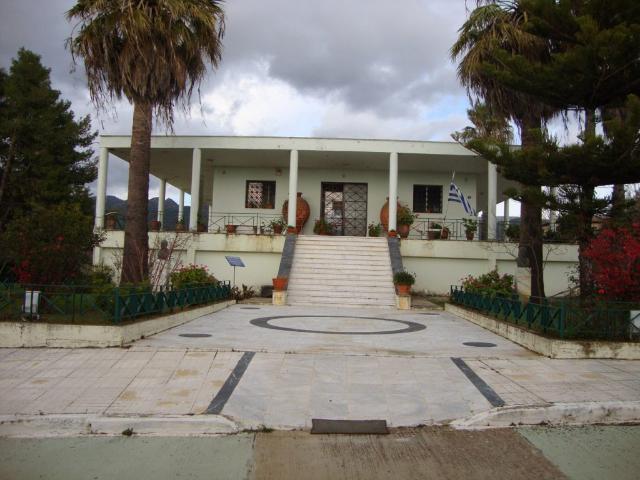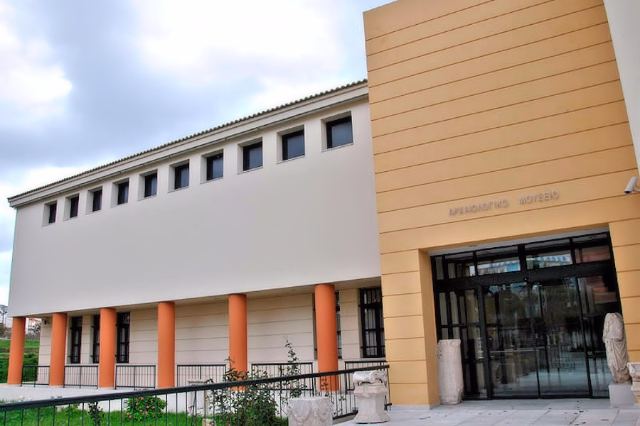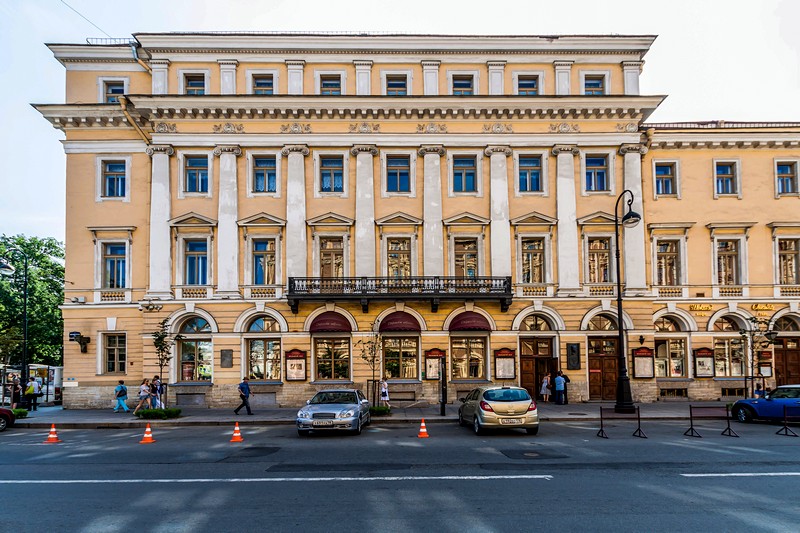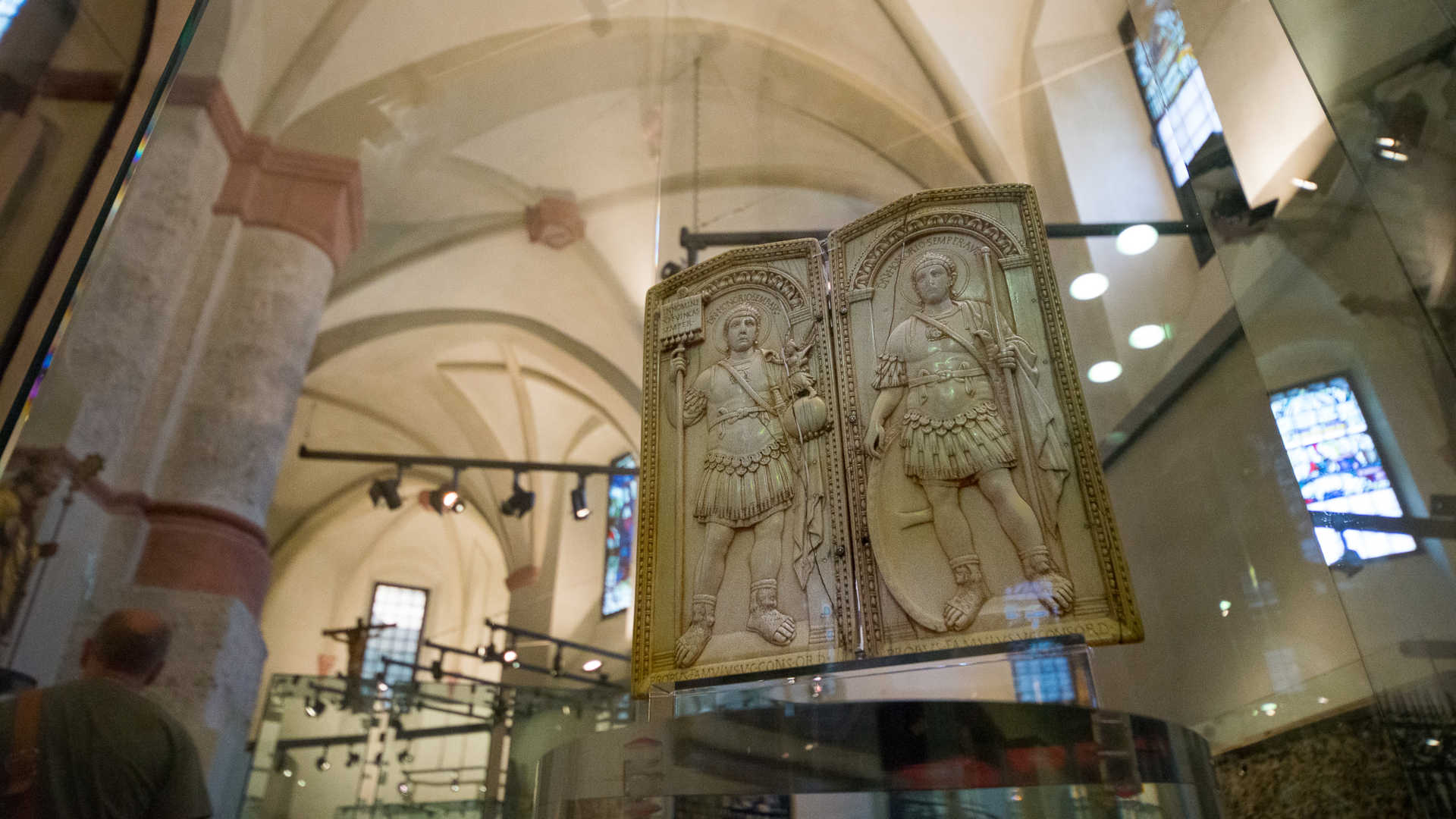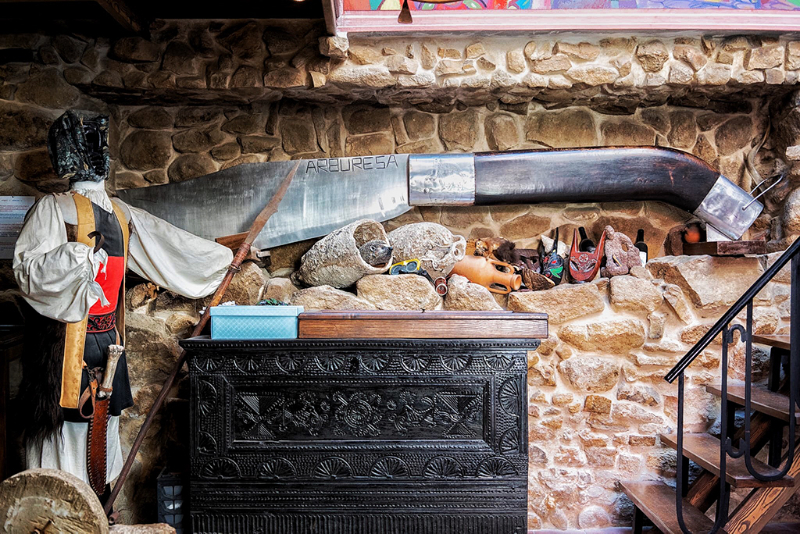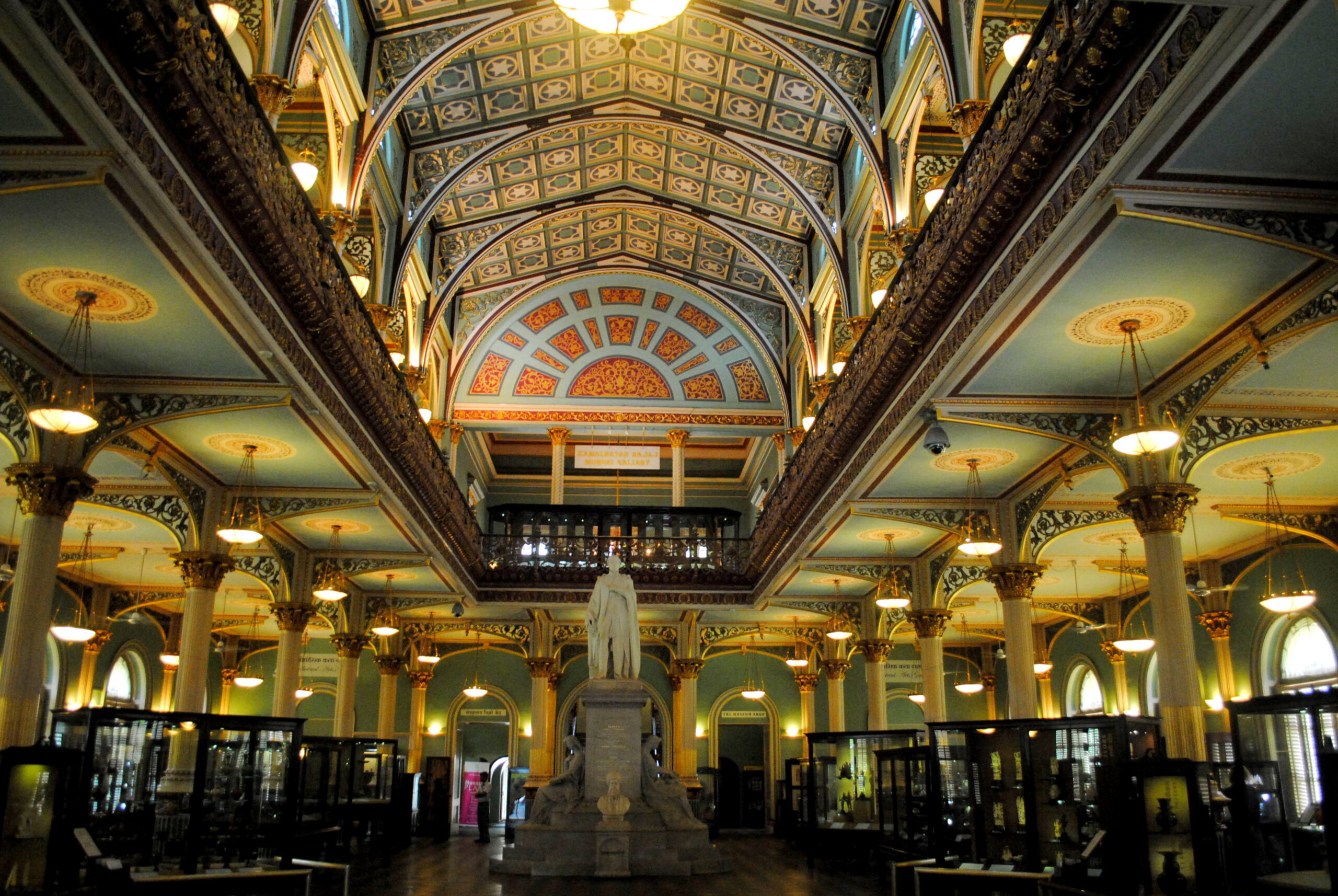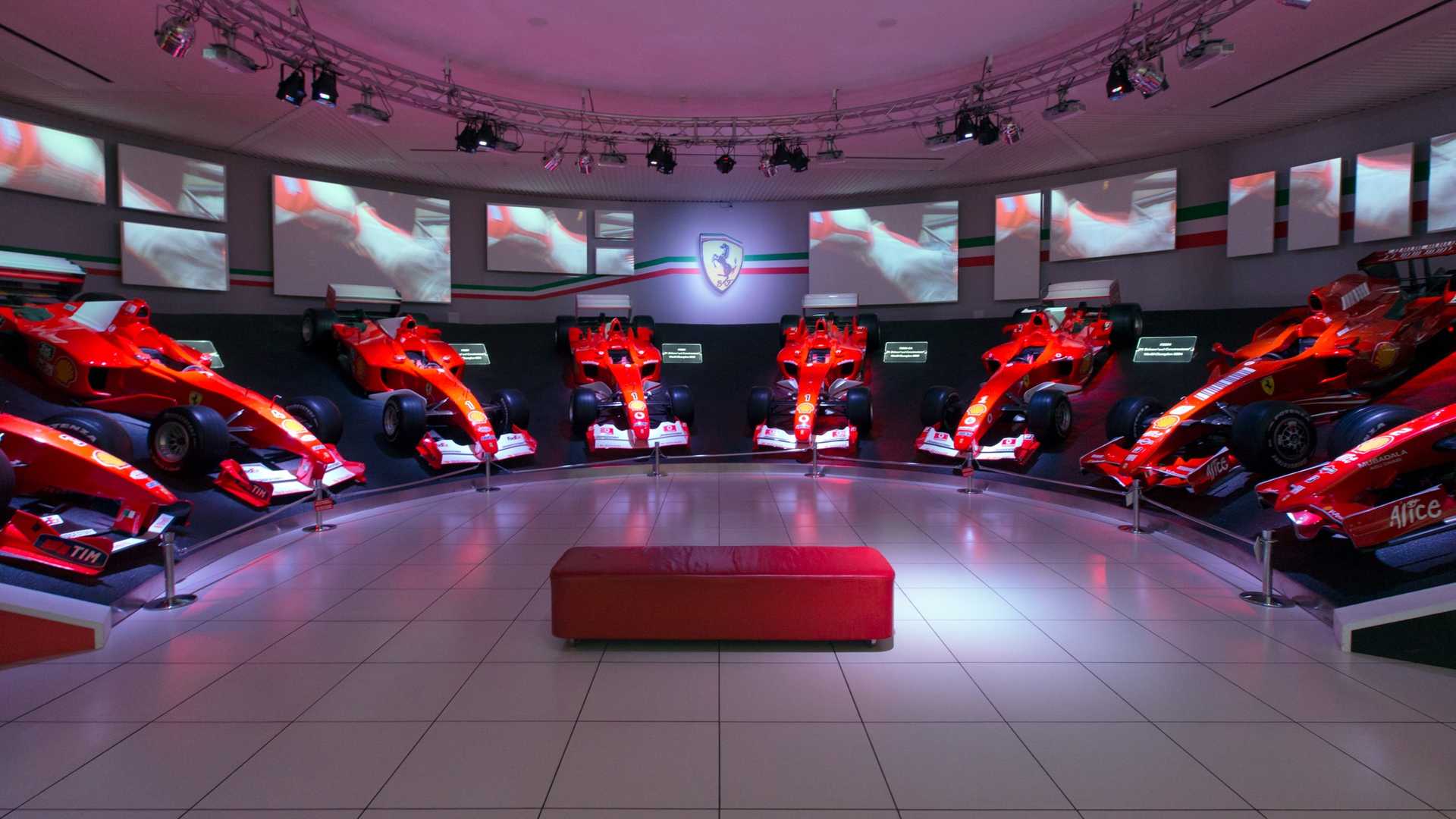Founded in 1969 by the Archaeological Service and under the supervision of the Ephorate of Antiquities of Olympia, the Museum of Hora is an important cultural and historical repository. The museum’s collections are primarily focused on the Mycenaean era, and its artifacts have been unearthed from various locations throughout Messinia.
Collections
The museum boasts an array of items, including:
Vessels and miniatures from the Middle Helladic era.
Movable findings from the Palace of Nestor in Englianos.
Gold jewelry and cups from vaulted tombs in Peristeria, Trifylia dating back to the 16th-15th century B.C.
Two impressive amphorae with “palace style” decoration, from the vaulted tomb of Routsi dating to the 15th century B.C.
Frescoes from the Palace of Nestor depicting war scenes and other themes from the 13th century B.C.
Casts of clay slates with Linear B inscriptions from the 13th century B.C., the originals of which are housed in the National Archaeological Museum.
A unique late Mycenaean tripod ceremony vessel decorated with animal heads.
Messinian double cup, also known as “depas amphicypellon” in ancient Greek, discovered in the tombs of Volimidia.
Clay vessel from the Palace of Nestor, an independent vessel used for roasting meat.
Significance
The artifacts housed in the Museum of Hora provide valuable insights into the structure of Mycenaean society in Pylos, which thrived in the late 13th century B.C. The museum’s findings also come from a variety of sources, ranging from major residential locations like Peristeria Kyparissia to smaller centers or settlements in the region. These artifacts illuminate not only the life of kings and local rulers but also offer a glimpse into the daily lives of the general population.
Special Exhibits
Of special note are two paintings suggesting Minoan influence—one depicting the sport of bull-leaping and another showing a sanctuary with double horns, the sacred symbol of the Minoans. Other significant findings include a bronze bottle, a bronze manual, a crater with a hunting scene, and embossed gold rosettes from a tomb on Vagena hill.
Visit Experience
The museum serves as an essential visit for history enthusiasts, archaeologists, and anyone interested in the ancient civilizations that once flourished in the region of Messinia.
